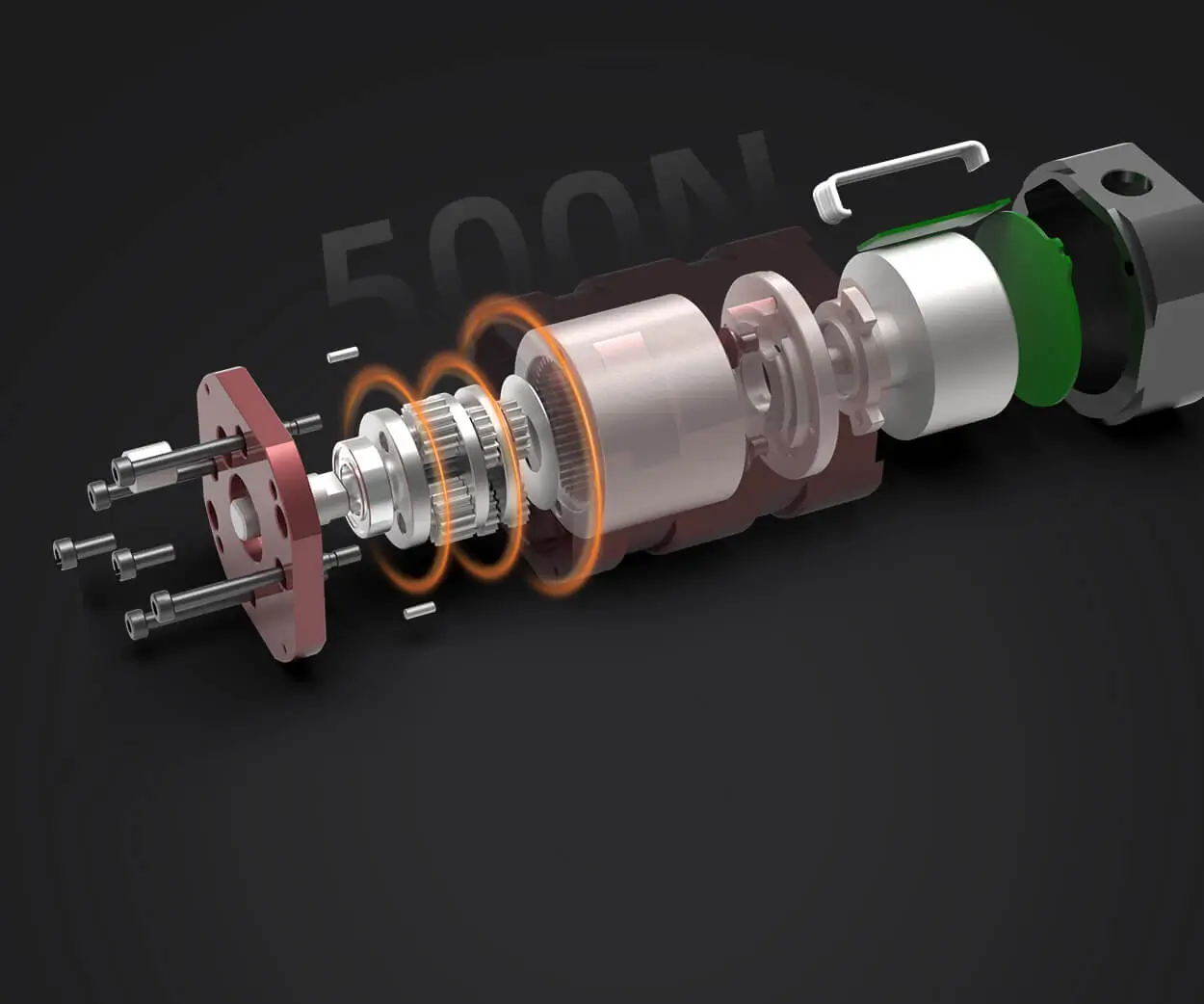In the world of microservices, the ability to communicate efficiently across multiple systems is essential. One tool that stands out for enabling this is Kafka, a distributed streaming platform that’s become a crucial piece in modern architecture. Let’s dive into how Kafka is changing the way microservices interact and why it’s becoming a go-to solution for many businesses.

Kafka in a Nutshell
Kafka is like the postal system for your microservices. Think about it: you’ve got several services running in isolation, each one doing its job independently. However, when one service needs to talk to another, Kafka acts as the reliable intermediary, ensuring that messages get delivered on time, even when one service is temporarily unavailable.
When microservices communicate directly, they often have to manage complex connections and dependencies. With Kafka, you don’t have to worry about these direct connections. Instead, messages are stored in a “topic,” and other services can read from that topic whenever they’re ready. It’s asynchronous, meaning services don’t have to wait around for a response. This decoupling is a game changer for scaling systems without running into performance bottlenecks.
A common challenge with microservices is that they often become tightly coupled, especially when communication needs grow. For instance, if one service depends on real-time data from another, any issue with that service could bring the entire system down. Kafka helps solve this by acting as a buffer. Services publish messages to Kafka topics, and other services can consume those messages when it’s most convenient for them.
Take an example: imagine an online shopping platform where multiple services handle orders, inventory, and payments. If the payment service is temporarily unavailable, the order service can still push the order information into Kafka. When the payment service is back online, it can pull the data from Kafka and continue processing. This ensures that no data is lost, and the system continues running smoothly.
Reliability: Kafka ensures that messages are stored durably, even in the event of system failures. Services can always rely on Kafka to keep their messages safe until they’re processed.
Scalability: As your system grows, you’ll need more services. Kafka scales seamlessly to handle increasing volumes of data. It’s designed to handle millions of messages per second, so performance doesn’t take a hit as you expand.
Decoupling: With Kafka in place, your services don’t need to know about each other’s existence. They simply push and pull messages through Kafka. This reduces dependencies, making it easier to add or remove services without disrupting the system.
Real-time Processing: Kafka excels at delivering real-time data streams, allowing your microservices to process data as soon as it arrives. This is crucial for scenarios like fraud detection, recommendation engines, or any system that needs to react to incoming data immediately.
A Real-World Scenario: Building a Better System
Imagine you’re running a delivery tracking system for an e-commerce platform. The system has several components—one for order management, another for logistics, and another for notifications. Each of these services needs to communicate about the status of an order.
Using Kafka, the order management service can send updates to a Kafka topic whenever there’s a change in the order’s status. The logistics service picks up those updates and adjusts the delivery schedule accordingly. Meanwhile, the notifications service is listening to the same topic and sends updates to customers. Each service is independent, but they’re all connected through Kafka.
This approach not only simplifies the flow of data but also ensures that messages are delivered consistently, even if one service fails temporarily. Kafka’s durability guarantees that no updates are lost, and services can always catch up when they’re back online.
Wrapping It Up
Kafka isn’t just a tool—it’s a crucial building block for creating scalable, reliable, and decoupled microservices architectures. It simplifies communication between services and ensures that your system can grow without sacrificing performance. For businesses looking to future-proof their infrastructure, Kafka is becoming the backbone of modern microservices systems.
In the end, Kafka is all about delivering messages efficiently, making sure that no matter how complex your system becomes, your services can always talk to each other without hiccups. And with all the benefits it brings, it’s easy to see why it’s such a popular choice in the world of microservices.
Established in 2005, Kpower has been dedicated to a professional compact motion unit manufacturer, headquartered in Dongguan, Guangdong Province, China. Leveraging innovations in modular drive technology, Kpower integrates high-performance motors, precision reducers, and multi-protocol control systems to provide efficient and customized smart drive system solutions. Kpower has delivered professional drive system solutions to over 500 enterprise clients globally with products covering various fields such as Smart Home Systems, Automatic Electronics, Robotics, Precision Agriculture, Drones, and Industrial Automation.




































